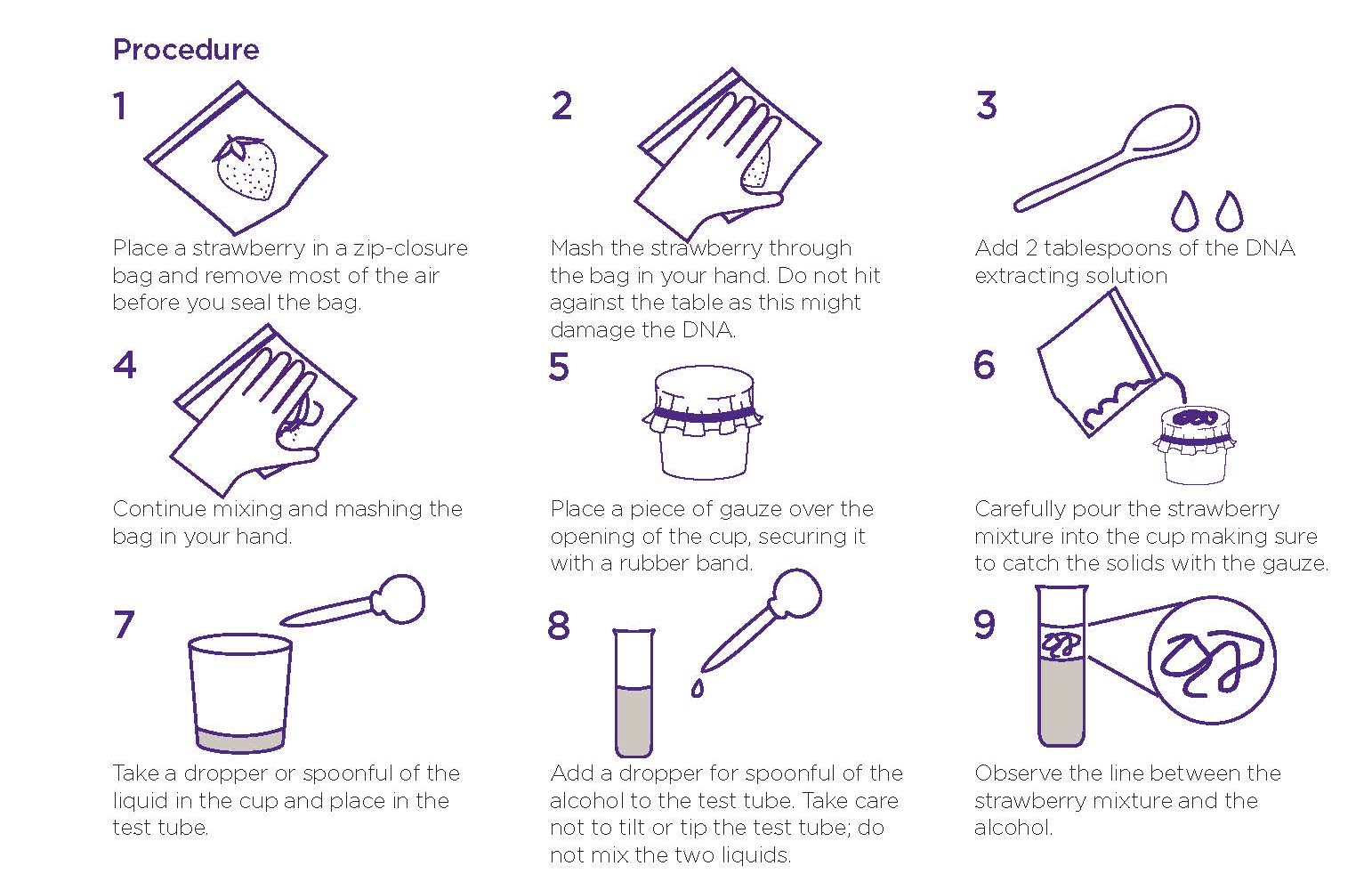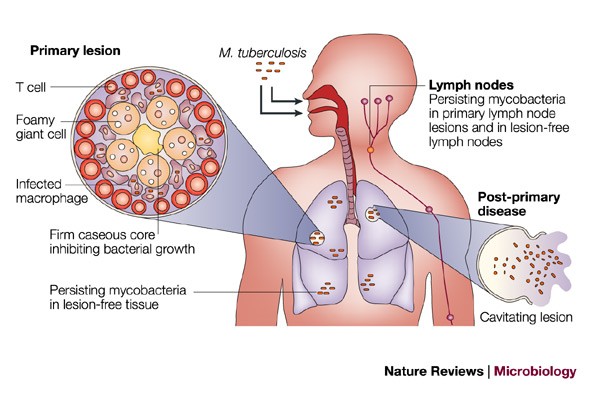Hello readers,
In Health we have been learning about service and therapy animals. We have learned about so many things and ways service animals and therapy animals can help us. Autism (How it can be helped with Service animal, Gigi and Nate (A real story about a boy and his service animal) ,Muscle Dystrophy (How it can be helped with a Service animal)
1. What is a service and therapy animal? What are the similarities and differences between service and therapy animals.
A service animal is an animal trained to help their handler with everyday ta
sks they cannot complete due to a disability or mental instability.
A therapy animal is a trained animal to help comfort and provide safety. Usually they are used as emotional support and to help calm someone down.
The difference between the service and therapy animals is that Service animals are usually allowed anywhere while therapy animals aren’t. Service animals can really help their handler and benefit them more than therapy animals can due to the fact they can help with daily tasks while most therapy animals are comfort and for a sense of security.
2. What are the conditions that are eligible to qualify for a therapy/service animal in NZ?
There are many conditions that are eligible for a therapy or a service animal in NZ, like for a therapy animal if you were to have picked an emotional support therapy dog the conditions you may have to be able to acquire one would be: “from post-traumatic stress disorder to depression and anxiety issues.” – Therapy Dogs NZ.
For Service animals it could be anything from a physical disability to anaphylaxis and many more.
The laws around animal therapy is “Ill treatment or neglect of animals is a crime, and this is also defined in the Act. The Act contains provisions to prevent ill treatment and inadequate care of animals. It also regulates the use of traps and devices that have the potential to cause pain or distress to animals.” – Animal Welfare act
A service animal can help enhance all 4 dimensions of hauora by going on a walk with them (Taha Tinana), providing comfort and security (Taha Hinengaro), Being able to strengthen their values and beliefs getting more courage inside of their handler (Taha Wairua) and Listening to their handler (Taha Whanau).
A therapy animal can help with supporting all 4 dimensions of hauora by being able to calm them down (Taha Hinengaro), providing comfort (Taha Hinengaro), Being able to strengthen their values and beliefs by getting courage inside of their handler (Taha Wairua) , going on walks with their handler (Taha Tinana) and Exercising with the handler (Taha Tinana)
The four most interesting things I have learned from this unit, 1. The amount of work that goes into training service animals and therapy animals. 2. The things a service animal can do for their handler. 3. How much a therapy animal can help someone recover from any condition they suffer with. 4. How many different kinds of therapy there are.
I found these points interesting because 1. a lot of work does go into training a service animal usually a very long time to get them adjusted to help their handler, depending on the type of animal this can vary and the same goes for a therapy animal.
2. A service animal can help their handler with a lot of things, this video here where a service dog realises his handler is about to go into a medical episode so the dog grabs the pills to help assist them.
3. A story I had heard from someone who has a therapy dog during a visit to our school to show us a therapy and service dog talked to us about was when she talked about how her dog Penny was put next to an elderly person. At first they didn’t notice the owner of Penny at first but they noticed the dog and began to speak about their experiences back in their days.
4. Therapy Dogs, Therapy Cats, Therapy Horses, Therapy Rabbits, Therapy Bird and Therapy Snake. There are many more kinds you can have but most of these are not allowed in New Zealand.
This is the end of my blog post.
If you have any questions or comments or feedback please leave them in the comment section. Thank you have a great rest of your day.



   How does Tuberculosis affect Haoura? (Short term and Long term problems.)
  How does Tuberculosis affect Haoura? (Short term and Long term problems.)